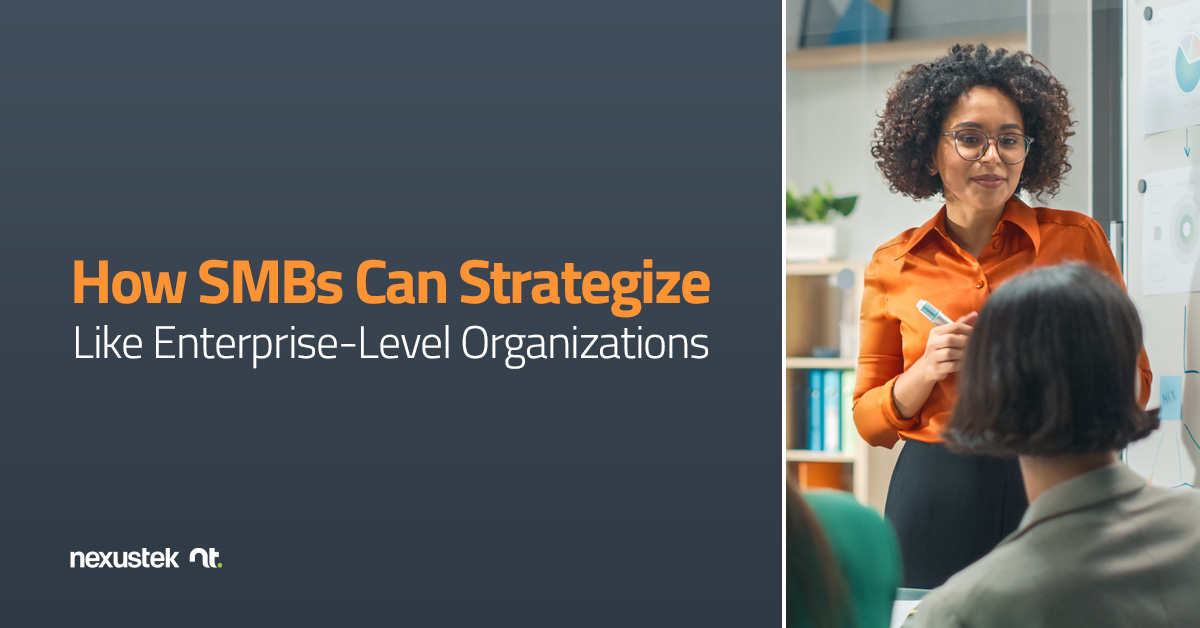READ TIME: 4 MIN

How SMBs Can Strategize Like Enterprise-Level Organizations
When it comes to IT strategy, larger businesses often have an edge over smaller ones. Most small and medium-sized businesses (SMBs) have few dedicated IT employees, and about a quarter of businesses with under 50 employees operate using only part-time IT employees1. In many SMBs, the company’s IT is handled entirely by non-technical employees, with managers and executives up to the CEO playing a hands-on role in the daily management of IT infrastructure.
In contrast, larger enterprises typically have a full IT department to deal with day-to-day IT management. They also have executive-level technology leaders whose role is primarily strategic, meaning that they provide forward-looking technology leadership that helps the C-suite make IT decisions that align well with the organization’s business goals and budget.
Although SMBs might get along well enough managing their IT in a purely tactical sense, they often lag behind in terms of IT strategy. While the average SMB uses IT just to get their day’s work done, their larger or more strategic competitors are putting technology to work to achieve goals like changing their business model, increasing speed of service, increasing productivity, and improving security of client transactions.
SMBs and IT Strategy—Yes, It’s Possible
The positive news is that taking a strategic approach to IT is within the realm of the SMB. You first need to start thinking about IT as a source of strategy that you will weave into your larger business strategy. The basic building blocks of IT strategy include the following:
- Document existing IT environment: Include all equipment, software, licenses, and IT people. This helps to establish your IT baseline.
- Financial assessment of IT environment: Determine your IT budget, including both CapEx and OpEx, and forecast for future spending. Calculating an IT cost ratio (i.e., your IT costs as a percentage of total revenue) can help your business to understand how its IT spending compares to peers.
- Evaluate risks or weaknesses of current IT: Document any gaps in capability, any issues your current IT creates, or areas that do not meet expectations. These risks or weaknesses provide the foundation for future IT opportunities as you develop your strategy.
- Define business goals and aligned technology goals: This is the big one. As you review the goals of your business, ask yourself whether your current IT furthers those goals. If there is a disconnect between the outcomes your IT generates and what your organization is trying to achieve as a business, you will need to articulate new technology goals that better support your business goals.
- Identify technologies that align with your technology goals: Once you have established technology goals that match your business goals, it’s time to determine which technologies will further those goals. For example, if growth is a key business goal, then migrating from on-premises to cloud computing might be a strategic choice, as the cloud scales more quickly and at lower cost than on-premises infrastructure.
- Create IT roadmap: Once you have selected technologies that support your business goals, an important step is to create an IT roadmap with both short- and long-term goals. Phasing in new technologies over time helps to make the changes less stressful for employees, while also keeping costs manageable within your budget.
Lack of IT Expertise at SMBs—What to Do About It
Given that executive-level technology leaders like CIOs are responsible for strategic IT planning in large companies, it stands to reason that creating IT strategy takes some skill. CIOs have a combination of experience, training, and education that gives them a deep understanding of IT and business, and how the two intertwine. They also earn salaries that average over $300,0002, making it impractical for most SMBs to employ a CIO on a full-time basis.
This is where technology leadership-as-a-service comes in, also known as the Virtual CIO (vCIO). The vCIO is an executive-level technology leader who works in a consulting role with businesses that do not or cannot employ their own CIO in-house. When SMBs add a vCIO to their strategic planning team, they bring in the IT expertise that is needed to create a strategic IT roadmap, but without the expense of employing a full-time technology leader.
By following a thorough and deliberate planning process and bringing in technology leadership to the extent they desire, SMBs can strategize like the big companies and outpace their similar-sized competitors. This is why some say that technology is the “great equalizer” in business. When used effectively, it puts smaller businesses on an equal footing with their larger competitors.
Offering vCIO consultation and strategic planning, NexusTek assists SMBs to create roadmaps to achieve their business goals through more effective use of IT.
Interested in exploring how strategic IT planning can help your business achieve its goals?
References:
- SMB Group. (2023). SMB business and technology challenges and priorities for 2023. https://www.smb-gr.com/reports/smb-business-and-technology-challenges-and-priorities-for-2023/
- (2023, February 9). How much does a Chief Information Officer make? https://www.glassdoor.com/Salaries/chief-information-officer-salary-SRCH_KO0,25.htm






